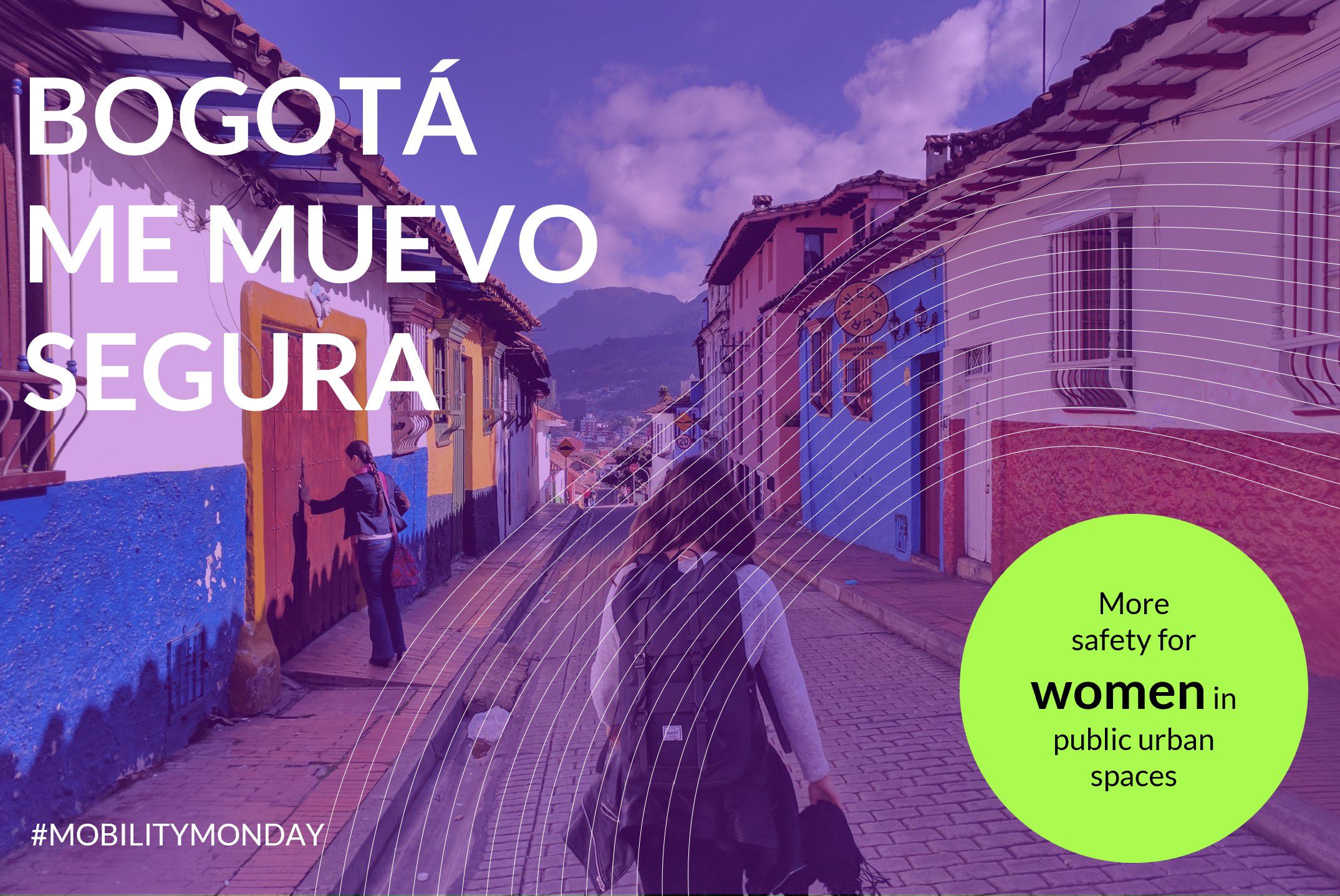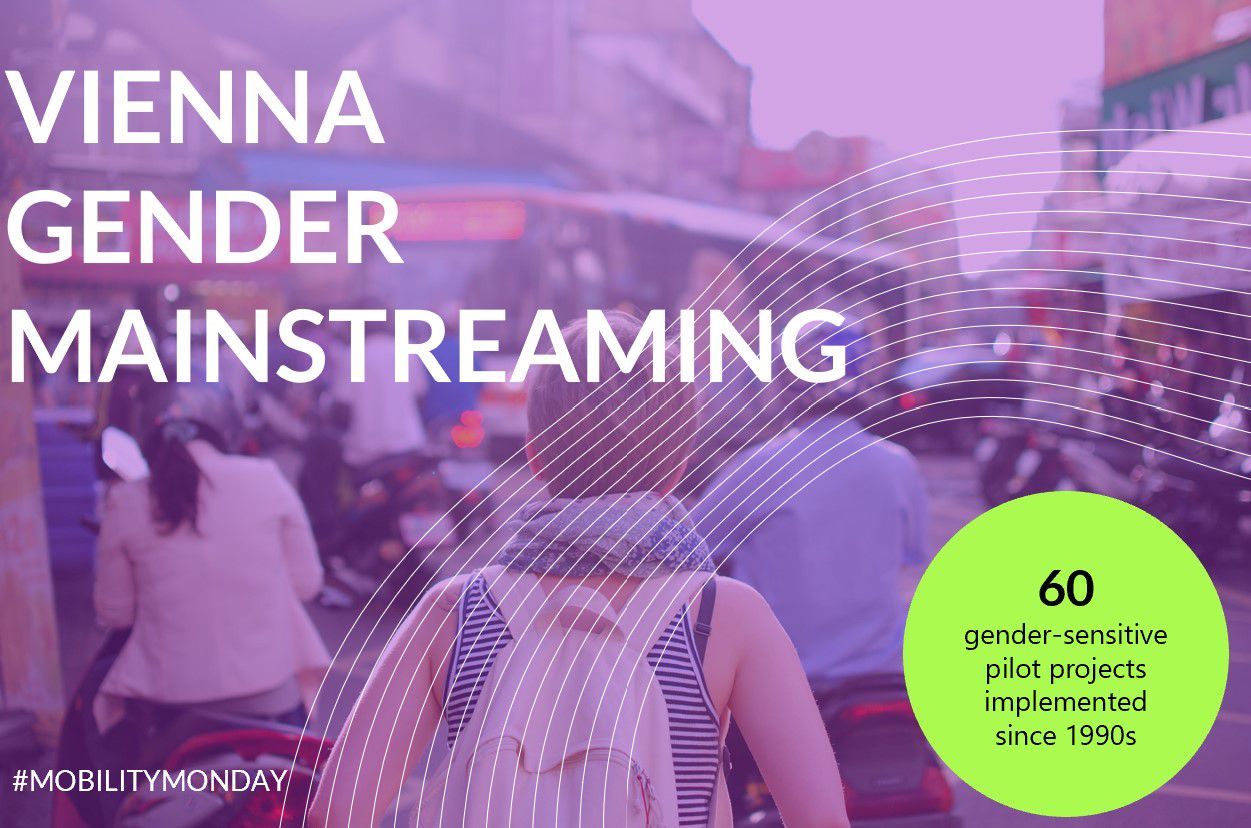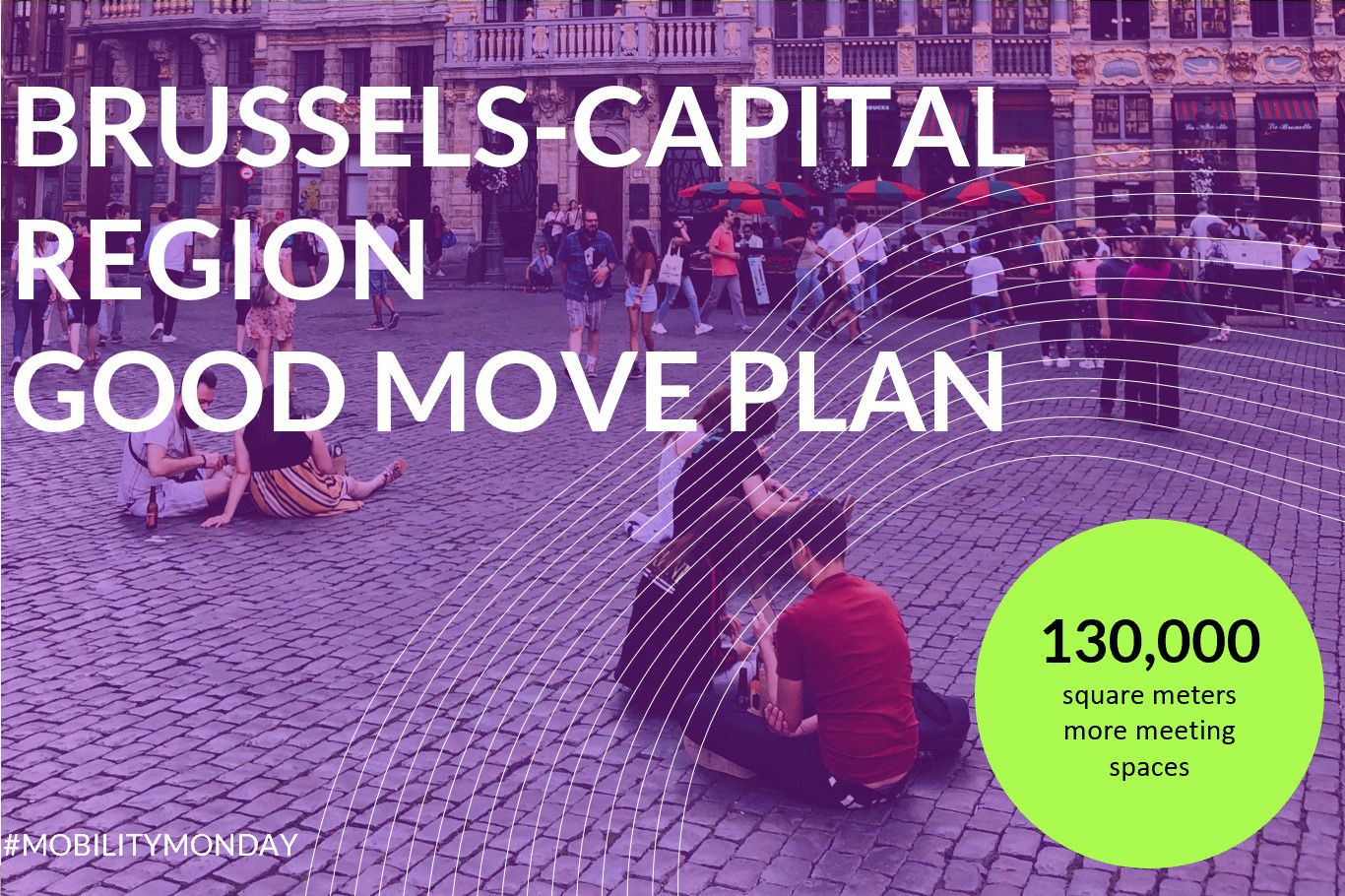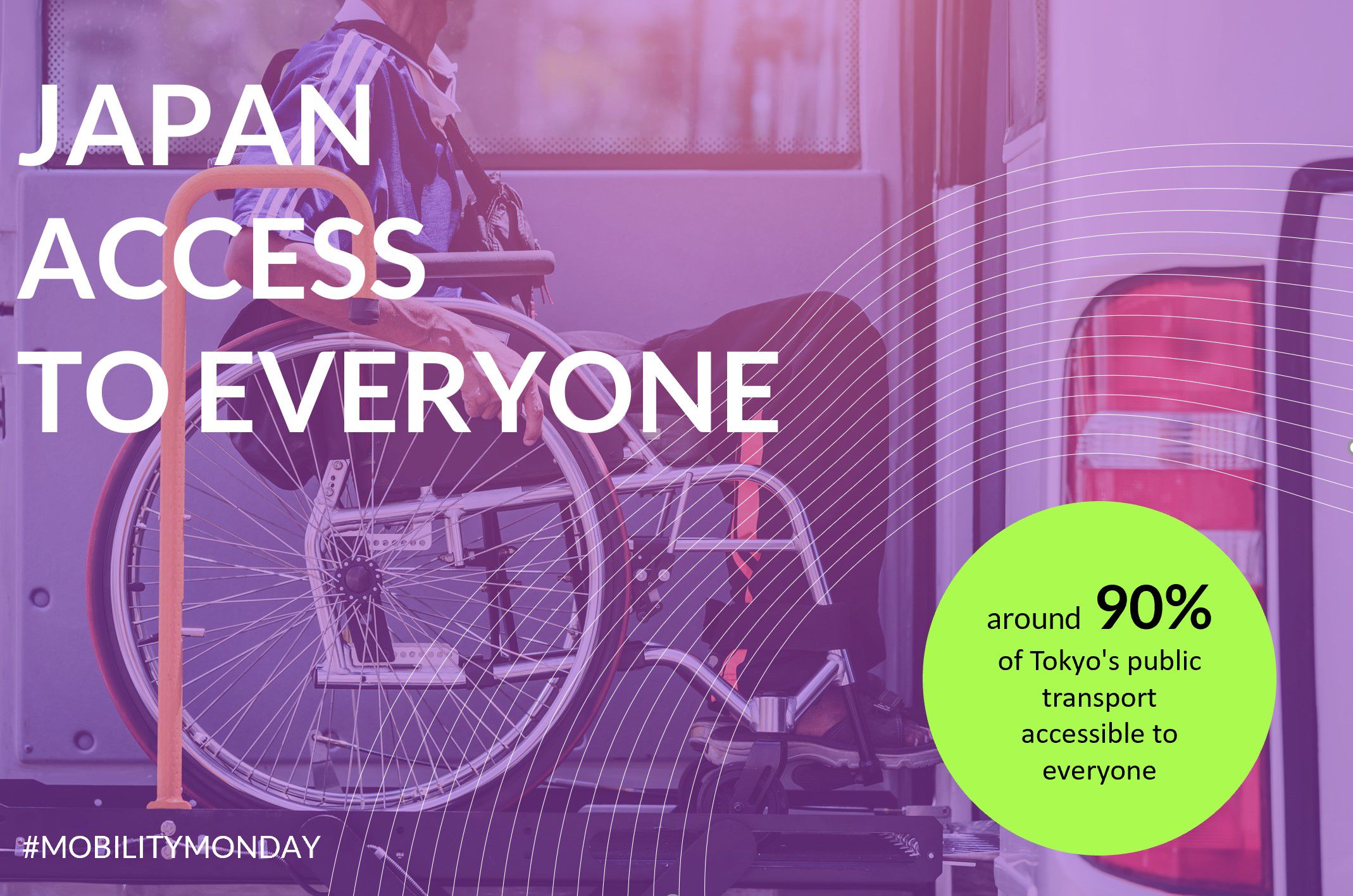Bogotá Me Muevo Segura
“Me Muevo Segura” (I Move Safely) is both a statement and a goal to create more safety and equality for women in Bogotá.
The projects motivation was the impact on womens mobility in the city from fear of violence and harassment. The survey of 14,300 women conducted for the project showed that 3 out of 4 women are afraid to move around the city at night. To identify particularly dangerous places, women used the SafetiPin app, where they noted places they didnt feel #safe. This information was visualized in a digital map.
Already in 2017, solar lights were installed in dark, unsafe places, and bicycle lanes and sports fields were built to integrate women into public spaces, thus increasing safety. Since the project began in 2015, the situation has improved: 46% more women practice sports in the evening; 29% more women ride bicycles; 35% more women feel safe in parks.
There is still much to be done, but these statistics prove that Bogotá is on the right path towards more equality and safety, so that soon every Bogotá woman will be able to state with conviction: “Me muevo segura”.



